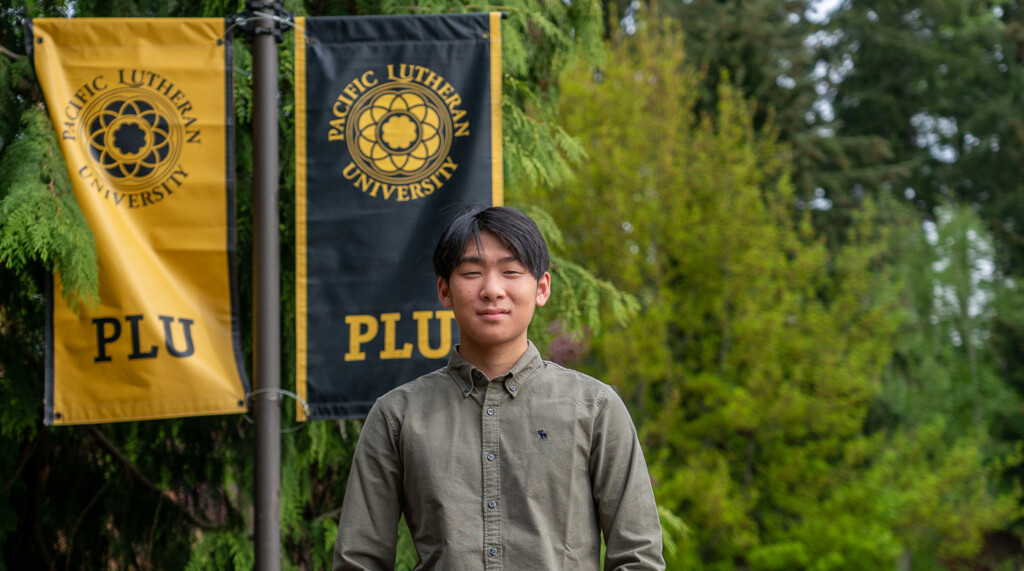Page 23 • (1,300 results in 0.131 seconds)
-
(not botany): 8 semester credits or 12 quarter credits, recommend upper division course in genetics General Chemistry or Inorganic and Organic or Biochemistry all with labs: 8 semester credits or 12 quarter credits; do not recommend online or hybrid courses for lab Physics with lab including mechanics, heat, light, sound, and electricity: 8 semester credits or 12 quarter credits; do not recommend online or hybrid courses for lab Psychology: 3 semester credits or 5 quarter credits; abnormal
-
: Human Anatomy with lab: 4 semester credits or 6 quarter credits; do not recommend online or hybrid courses for lab Human Physiology with lab: 4 semester credits or 6 quarter credits; do not recommend online or hybrid courses for lab Or a two-course sequence in anatomy and physiology with lab Biological Sciences (not botany): 8 semester credits or 12 quarter credits, recommend upper division course in genetics General Chemistry or Inorganic and Organic or Biochemistry all with labs: 8 semester
-
. Corey Cook and Dr. Suzanne Crawford O’Brien, both of whom have contributed greatly to this project, providing wisdom at every turn. Thanks must also be provided for my unofficial mentors: Dr. Sergia Hay, Blake Clapp, Duncan Haddock, Caeden Newby, and Isaac Luedtke. These humans consistently redefine meaningful friendship, and I am forever in their debt. 4:05-4:25pm, Clover Creek and its Indigenous People Belen ZunigaPairing Environmental Chemistry and Indigenous Studies allows us to see changes made
-
leading to tumor growth and cancer development. N-R The Synthesis of Single Ion Conducting Solid Polymer Electrolytes Based on Oxanorbornene Dicarboximide Backbone with Different Sidechains Via Ring-Opening Metathesis Polymerization and Click Chemistry Phuc N. Phan, Senior Capstone Seminar The current organic electrolytes in lithium batteries can pose safety concerns due to their volatile and flammable properties. The dendrite formation can form between the electrodes causing the battery to fail
-
Ronald and colleagues received the Tech Award for innovative use of technology to benefit humanity. In 2014 she was named one of the world’s most influential scientific minds by Thomson Reuters, in 2015 was selected by Scientific American as one of the world’s 100 most influential people in biotechnology and in 2016 was named one of the 50 innovators and visionaries who will lead us toward a more sustainable future by Grist magazine. Ronald is co-author of Tomorrow’s Table: Organic Farming, Genetics
-
Foundation for Science, Technology and Ecology in Dehra Dun – dedicated to high quality and independent research to address the most significant ecological and social issues of our times, working in close partnership with local communities and social movements. In 1991 she founded Navdanya, a national movement to protect the diversity and integrity of living resources – especially native seed – and to promote organic farming and fair trade. For last two decades, Navdanya has worked with local communities
-
Publications “Food Chemistry: An Asynchronous Course Designed with Hands-On Experiments for Undergraduate General Education” A. M. Munro Journal of Chemical Education 100, 9, 3347-3354 (2023) DOI: 10.1021/acs.jchemed.3c00130 “The Primarily Undergraduate Nanomaterials Cooperative: A New Model for Supporting Collaborative Research at Small Institutions on a National Scale” S. M. Hughes, et al. ACS Nanoscience Au 1, 6-14 (2021). “Synthetic Approaches for Growing Zinc Sulfide and Zinc Selenide
-

transitioned school online. I was also a commuter student, so I can’t speak much about campus life. With that said, my experiences at PLU have been wonderful. I’ve participated in several organic chemistry and biology labs and always felt that PLU had sufficient resources. Yeah, some money could be spent on buying better ring stands or heat plates, but I am very satisfied with the lab tools provided to the students. Professors are always willing to chat during office hours and happy to answer questions
-
the reactions via IR and GC/MS showed only the presence of starting materials. 2:30 pm - A Look into Greener Chemistry: Modification of the Corey-Fuchs Reaction for the use of Palladium CatalystsMark Lindsey, Senior Capstone Seminar The Corey-Fuchs reaction is one of the most interesting reactions in organic synthesis world for it is a way to convert an aldehyde into an alkyne. However, the mechanism for this reaction involves the use of large amounts of triphenylphosphine and n-BuLi which are
-
2012 Capstone Celebration Symposium PLU Chemistry Department April 30th to May 4th, 2012 Join the Chemistry Department to hear the senior capstone presentations. Student presentations will occur Monday through Friday. The schedule of talks with more details is given below. [ Monday | Tuesday | Wednesday | Thursday | Friday ] Morken Center, Room 103Monday, April 30th, 2012 (Morken Room 103)12:30 pm - Light lunch1:00 pm - Welcome1:10 pm - Beware UV light! Quantifying Oxidative DNA Damage in
Do you have any feedback for us? If so, feel free to use our Feedback Form.


